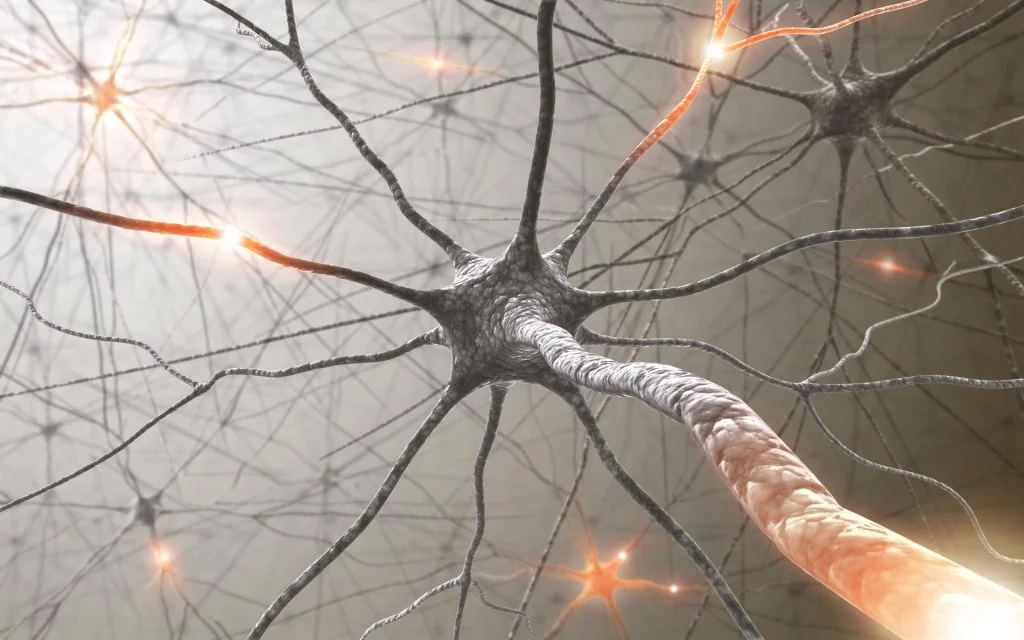The Mind's Renaissance: Neuroplasticity and the Art of Visualization
Crafting the Self Through the Power of Imagination
“Neuroplasticity is the capacity of the brain to reorganize its connections based on experience.”
In the verdant realms of our mental landscapes, where thought and consciousness intertwine, lies the profound science of neuroplasticity—a concept that defies the once rigid beliefs about the brain's capabilities. Recent insights in neuroscience, unveil that our brains are far from being static entities destined for decline. Instead, they are vibrant ecosystems, continually reshaped by the rivers of our experiences, thoughts, and actions.
Neuroplasticity: The Loom of Mental Change
Neuroplasticity involves neurons creating new connections and pathways in response to changes in thought, behavior, environment, or injury.
Neuroplasticity, in its essence, is the brain's ability to form and reorganize synaptic connections in response to learning or experience. Contrary to the outdated view that the brain diminishes with age, leading to an irreversible loss of neurons, groundbreaking research reveals that new brain cells can emerge in memory centers well into our later years. This capacity for growth and adaptation underpins a variety of critical functions, from learning and memory to sensory and motor processing, and even emotional regulation. It is the foundation upon which we can build a healthier, more resilient mind.
Breathing Life into Visualization
The practice of visualization serves as a catalyst for neuroplastic change, offering a bridge between the potential for cognitive transformation and its realization.
By engaging in vivid, sensory-rich mental imagery, we:
Activate the same neural pathways that would be involved in actual physical reality.
Enhance real-world behaviors and performance outcomes through reinforced neural connections.
Extend benefits to cognitive and emotional growth, promoting the development of new neural pathways and the enhancement of existing ones.
New research underscores the lifelong potential for neuroplastic growth and emphasizes that neuroplasticity can be fostered by various environmental factors, including physical exercise, cognitive training, and even socialization. This revelation aligns with a daily practice of visualization, suggesting that by mentally engaging with positive, enriching scenarios, we can stimulate and strengthen our brain's plasticity.
Neuroplasticity and Visualization for Cognitive Health
Constructive visualization opens new avenues for cognitive health, offering strategies to not only recover from injuries such as strokes but also to learn new skills, improve memory, and potentially delay age-related cognitive decline. By actively engaging in visualization practices, we can harness the brain's adaptability, promoting cognitive function, and paving the way for a healthier, more vibrant mind.
The Pacific Neuroscience Institute highlights that by focusing on lifestyle choices that enrich our environment—through regular exercise, a healthy diet, adequate sleep, and cognitive stimulation—we can enhance our brain's plastic nature. Visualization practices contribute to this enriching environment, offering a mental exercise that stimulates neuroplasticity and supports cognitive health.
Embarking on a Journey of Cognitive Renewal
These insights serve as a beacon, guiding us towards embracing our brain's lifelong potential for growth and transformation. By integrating visualization into our daily practices, we not only envision a brighter, better world but actively participate in shaping the reality of our cognitive landscape.
For those intrigued by how our brains embrace what we imagine to be real, delve deeper into the art and science of visualization with our blog post, "Why Your Brain Believes What You Imagine." Discover the fascinating interplay between perception and imagination, and how it can be harnessed to cultivate a mind that remains ever vibrant, ever adaptable, and eternally spring.


